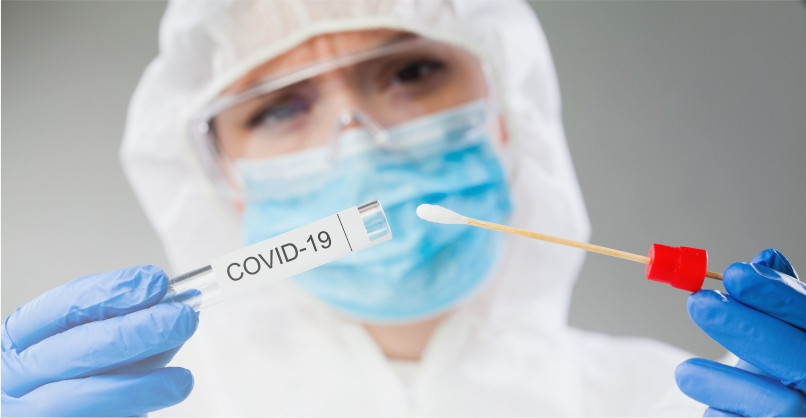Latest COVID-19 Update in Ukraine
In the last week, Ukraine reported 3,540 COVID-19 cases, which is three times higher than the previous week. However, these figures are significantly lower compared to last year, when weekly cases reached up to 15,000.
This information was shared during a television broadcast by Oleksiy Danilenko, the Deputy Director General of the Public Health Center, as reported by a Ukrinform correspondent.
"In the past week, we recorded 3,540 COVID-19 cases. Compared to the previous week, this represents a threefold increase, but when compared to the previous year, we were registering over 10 (thousand - ed.), even up to 15,000 cases. This year, we are currently observing significantly lower infection rates of COVID-19," Danilenko noted.
He mentioned that the main reasons for the rise in infections among Ukrainians include: a decrease in immunity - both post-vaccination and after recovery from the disease, migration and active travel, non-compliance with individual protection measures, and the emergence of new virus variants.
"We are detecting new virus strains in Ukraine - specifically Stratus, and there are already two cases of Nimbus," Danilenko informed.
He pointed out that the new strains have an increased ability to spread among the population, but they do not lead to more severe disease progression.
"Complications may occur, especially in high-risk groups, but overall the new strains do not result in more severe disease. In the majority of cases, the clinical presentation is limited to symptoms of the upper respiratory tract, which is essentially similar to the classic COVID-19 clinical picture. Some cases may present symptoms like hoarseness or sore throat, but overall the clinical picture is similar," Danilenko assured.
He added that these new virus strains are characterized by easier transmission among children and young people, typically manifesting in mild or asymptomatic forms, which is another reason for the quicker spread within the population.
Danilenko urged adherence to the following advice upon noticing symptoms of the disease.
"If the first symptoms appear, do not go to work. Stay at home, do not endanger others, and of course, seek medical assistance rather than self-medicate. We also recommend using personal protective equipment in crowded places, especially in the presence of individuals showing symptoms of the disease. Of course, basic hygiene measures include hand sanitization, surface disinfection, and vaccination," Danilenko explained.








